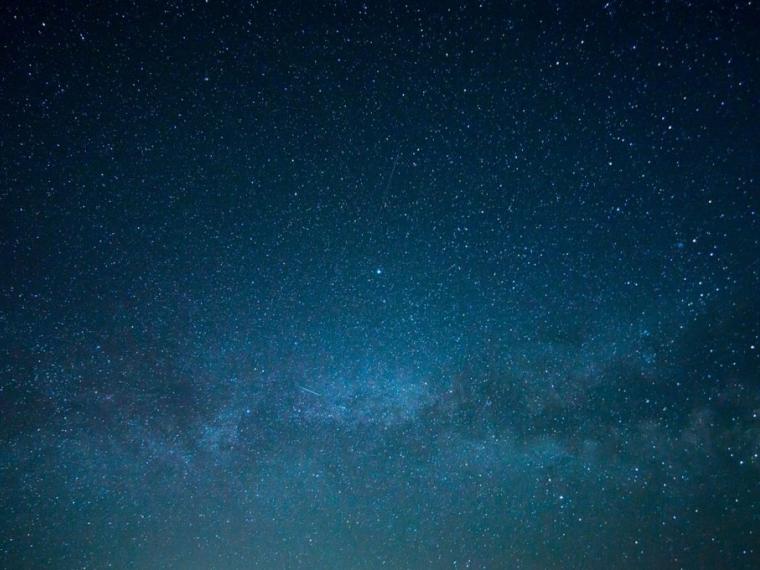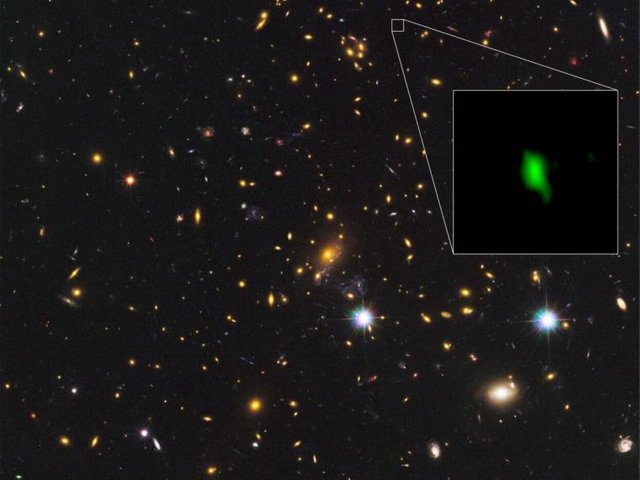Found the first stars in the history of the universe
The dawn of the universe came 250 million years after the Big Bang
Approximately 250 million years after the great explosion that gave rise to the cosmos, the Big Bang, the first stars of the universe began to be born. This is revealed by research carried out by an international team of astronomers and published in Nature magazine. The results of the work have also revealed the most distant oxygen ever detected.
The answer to this big question of when the first stars were born has been provided by the ALMA telescope of the European Southern Observatory (ESO) in Chile, thanks to observation data from a distant galaxy called MACS1149-JD1. The researchers detected very faint glare from their ionized oxygen. By the time infrared light was detected on Earth, its wavelength was more than 10 times longer than when it originated.
With this data, astronomers deduced that the signal was emitted 13.3 billion years ago (in other words, 500 million years after the Big Bang), making it the most distant oxygen ever detected by any telescope to date.
"I was touched to see the distant oxygen signal, a detection that pushes back the boundaries of the observable universe", says Takuya Hashimoto, a researcher at Osaka Sangyo University and leader of the work.
Aside from this outdated brightness of oxygen captured by ALMA, ESO's Very Large Telescope (VLT) also detected a weaker hydrogen emission signal. The experts were then able to determine the distance to the galaxy, which was consistent with the distance of the oxygen observation, making MACS1149-JD1 the farthest galaxy with accurate distance measurement and also the farthest galaxy ever observed.
"We see this galaxy at a time when the universe was only 500 million years old and yet already has a population of mature stars. We are therefore able to use this galaxy to study an earlier, completely unknown period of cosmic history", explains Nicolas Laporte, a researcher at University College London and co-author of the study.
To find out when this early star formation took place, researchers reconstructed the beginnings of the galaxy's history using infrared data taken with the Hubble and Spitzer space telescopes, discovering that the observed brightness of the galaxy can be explained by a model in which the beginning of star formation begins just 250 million years after the beginning of the universe.
When then did the first galaxies emerge within the so-called cosmic dawn? Apparently there were galaxies that existed before those that we can detect directly today.
"To determine when the cosmic dawn took place is the'holy grail' of cosmology and the study of galaxy formation. With these new observations of MACS1149-JD1 we are getting closer to the possibility of being direct witnesses of the birth of starlight! Since we are all made of processed stellar material, this is really finding our own origins," concludes Richard Ellis, co-author of the study.

